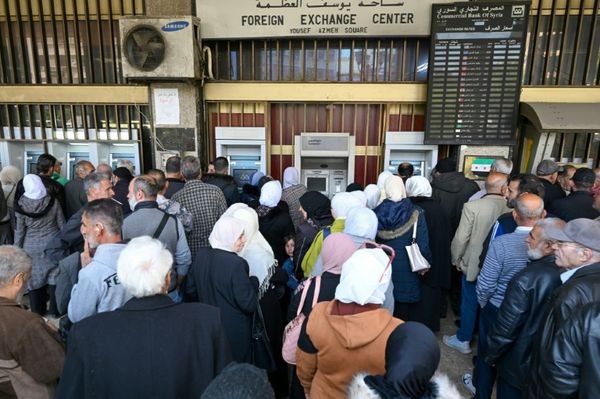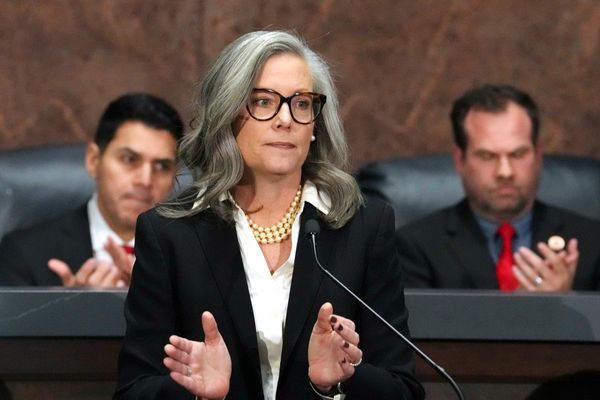
The recent surge in egg prices has caused concern among consumers and the agriculture industry, with politicians in Washington pointing fingers at each other for the crisis. The blame is being directed towards the highly pathogenic avian influenza, or avian flu, which led to the deaths of over 40 million egg-laying birds last year.
Experts in the agricultural sector suggest that more can be done by politicians at both the federal and state levels to address the avian flu outbreak. The shortage of eggs has resulted in a 14% price increase from November to December, and projections indicate a further 20% rise this year, as reported by the US Department of Agriculture.
Politicians have seized on the rising egg prices to criticize their opponents. Some Democrats in Congress have pointed to President Donald Trump's policies as contributing to the crisis, while Trump himself had promised to lower grocery prices during his campaign.



Recently, the White House press secretary attributed the surge in egg prices to the mass culling of over 100 million chickens by the Biden administration, leading to a shortage of chicken supply and subsequently, eggs. However, the American Farm Bureau Federation clarified that the culling was necessary to contain the spread of the avian flu, which has affected 130 million birds since 2022.
It is essential for policymakers to work together to address the root causes of the egg crisis and implement measures to prevent future outbreaks of avian flu. The cooperation between federal and state authorities, along with the agricultural industry, is crucial in ensuring a stable and affordable egg supply for consumers.







